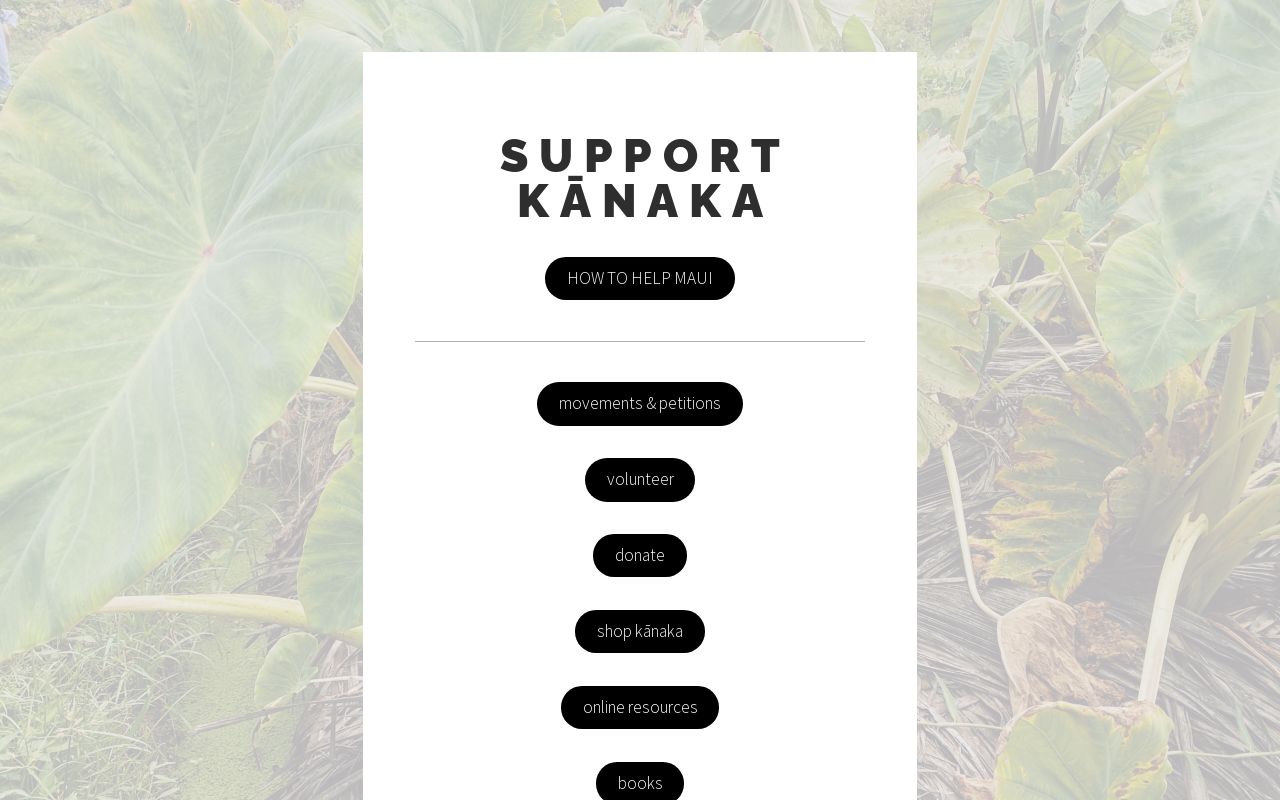- Currently Miami
- Posts
- Currently in Miami — August 21, 2023: Sunnier, and not too hot
Currently in Miami — August 21, 2023: Sunnier, and not too hot
Plus, Tropical Storm Hilary creates widespread flooding across the desert Southwest US

Sunnier, and not too hot
The weather, currently.
High pressure will move from the central United States to the eastern seaboard early this week, which will force drier air towards the Florida peninsula on Monday. With some Saharan dust mixed in, this dry air mass will limit rain activity over South Florida through Tuesday in comparison to previous days. It will not be totally rain-free, however, as scattered showers and isolated thunderstorms will still occur mainly over the interior communities. The heat should not feel excessive on Monday or Tuesday thanks to the lower humidity, and temperatures will range between the high 80s and low 90s during the afternoons and around 80 degrees during the nights. Tropical depressions and storms in the Atlantic are no threat to Florida.
El tiempo, actualmente.
Un área de alta presión se moverá desde el centro de los Estados Unidos hacia la costa este a principios de esta semana, lo que forzará aire más seco hacia la península de Florida el lunes. Con algo de polvo sahariano mezclado, esta masa de aire seco limitará la actividad de lluvia sobre el sur de Florida hasta el martes en comparación con días anteriores. Sin embargo, no estará totalmente seco, ya que todavía se producirán aguaceros dispersos y tormentas eléctricas aisladas principalmente sobre las comunidades del interior. La sensación térmica no se disparará el lunes o martes gracias a la humedad disminuida, y el mercurio alcanzará entre el rango alto de los 80 grados y el rango bajo de los 90 durante las tardes y alrededor de los 80 grados durante las noches. Depresiones y tormentas tropicales en el Atlántico no representan peligro para Florida.
What you need to know, currently.
Tropical Storm Hilary made landfall in Los Angeles County on Sunday night, causing record rainfall, damaging flash flooding, and countless landslides.
And to top it all off, a M5.1 earthquake struck in Ventura County right in the middle of the storm. Thankfully, the earthquake seemed to cause little or no damage.
‘Hurriquake’ is a new one for us, too.
— Merriam-Webster (@MerriamWebster)
10:26 PM • Aug 20, 2023
Hilary was the first tropical storm to make landfall on the US West Coast since modern recordkeeping began in 1949.
At the time this newsletter was sent on Sunday evening, flooding across Southern California still seemed to be ramping up. Authorities were conducting high-water rescues, and the National Weather Service was begging people to stay home as rainfall rates escalated in the evening hours
LA River at Fletcher and Crystal St. #HurricaneHilary
— Los Angeles Public Press (@LAPublicPress)
11:15 PM • Aug 20, 2023
Hilary is a large storm, with clouds and associated rainfall stretching all the way from the US-Mexico border to the US-Canada border.
Flooding is likely to be widespread across southern California and southern Nevada on Monday, after which we’ll be able to get a fuller assessment of this historic storm.
What you can do, currently.
The fires in Maui have struck at the heart of Hawaiian heritage, and if you’d like to support survivors, here are good places to start:
The fires burned through the capital town of the Kingdom of Hawaii, the ancestral and present home to native Hawaiians on their original unceded lands. One of the buildings destroyed was the Na ‘Aikane o Maui cultural center, a gathering place for the Hawaiian community to organize and celebrate.
If you’d like to help the community rebuild and restore the cultural center, a fund has been established that is accepting donations — specify “donation for Na ‘Aikane” on this Venmo link.
Nā ‘Āikane O Maui Cultural Center has burnt down. It was a gathering place for Cultural Groups & Kīpuka for our Lāhui - everyone was fed & no one was ever charged. Cultural artifacts, and a safe gathering and educational space for our people has been lost. #Lahaina#LahainaFire/
— Oʻahu Water Protectors (@oahuWP)
8:20 PM • Aug 9, 2023

